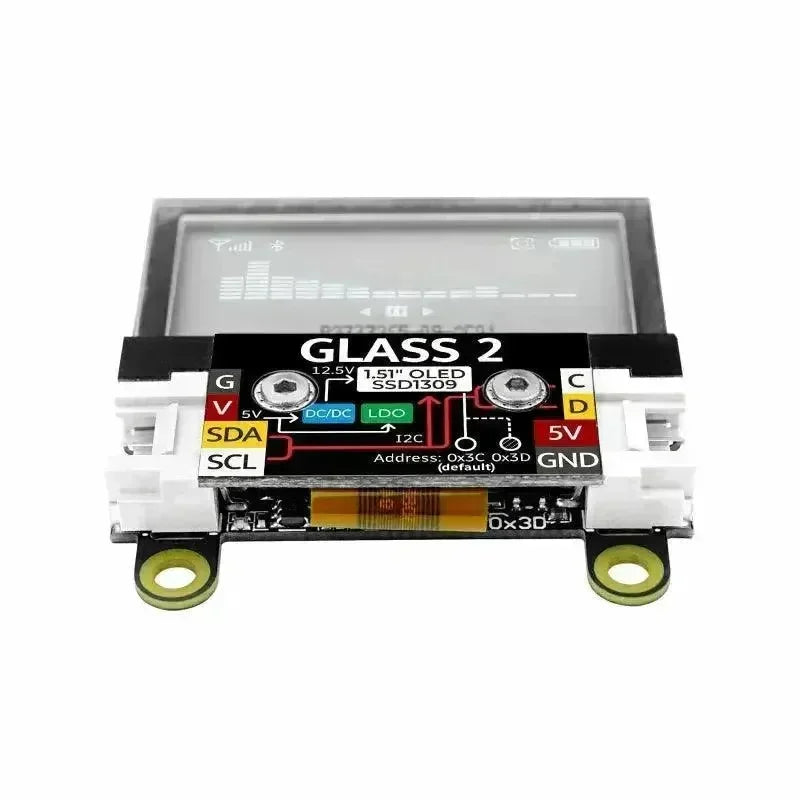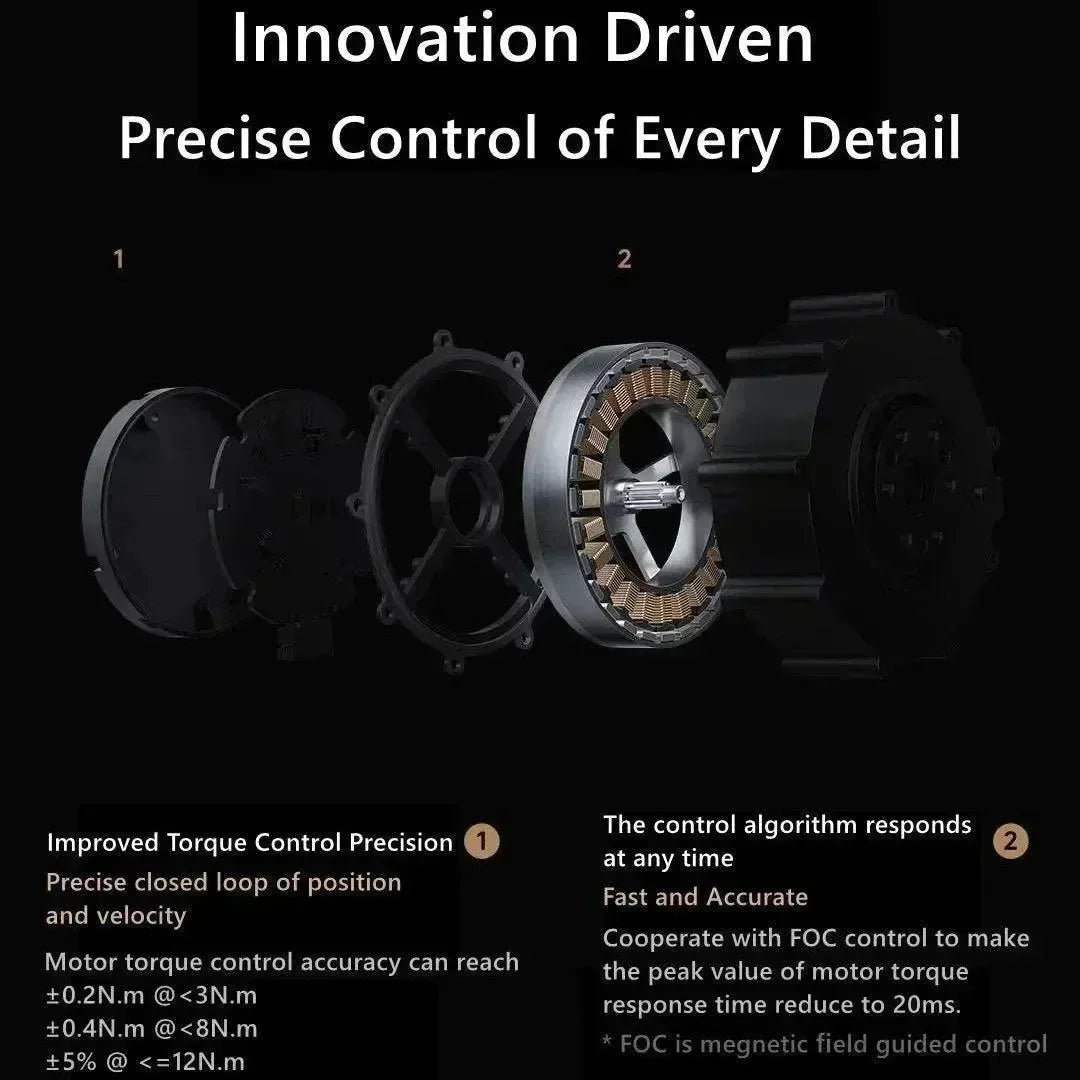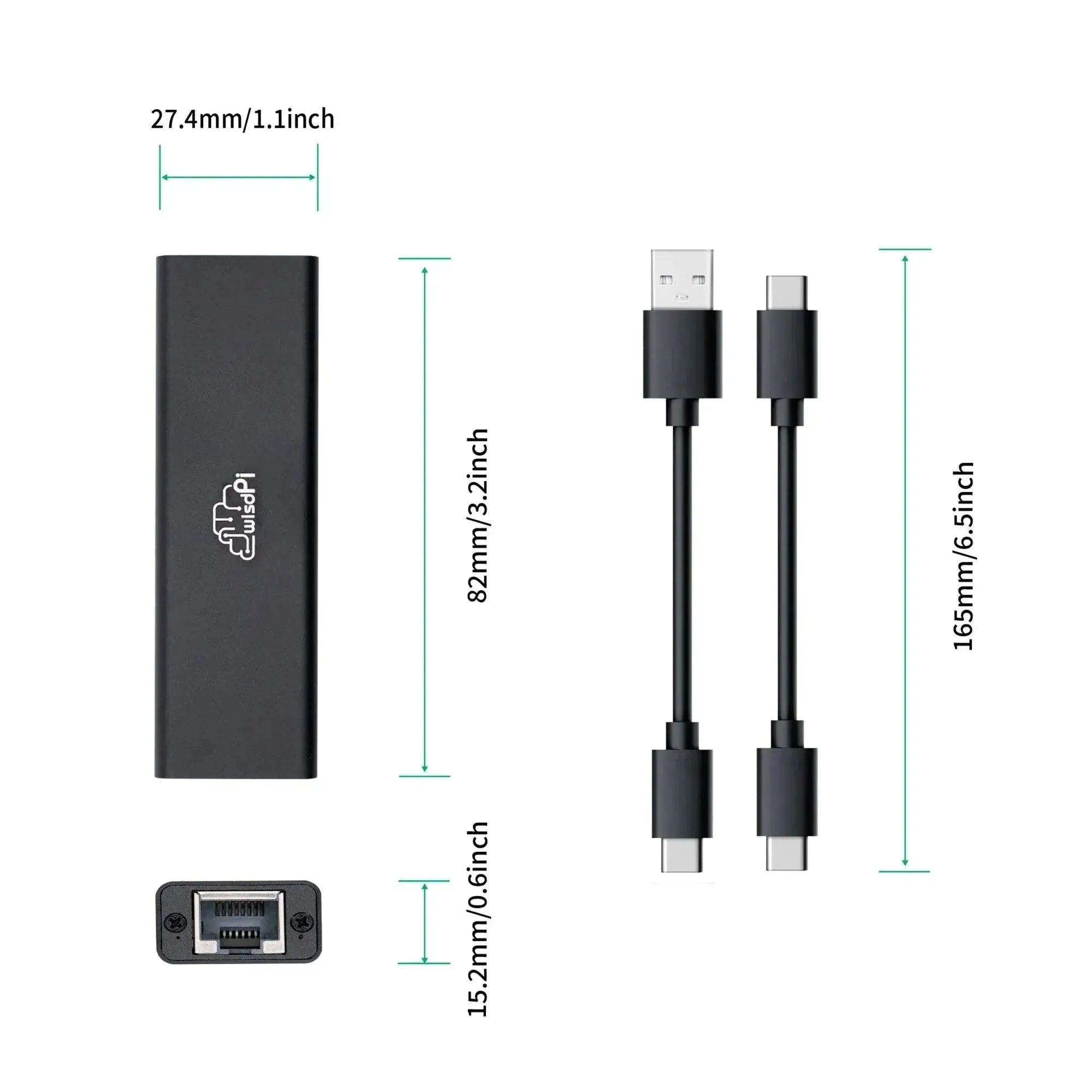Comparaison des spécifications techniques
|
Paramètre |
Unité en verre |
Unité Glass2 |
|
Taille de l'écran |
1,51 pouces |
|
|
Résolution |
128 x 64 pixels |
|
|
Zone transparente |
128 x 56 pixels |
Zone entièrement transparente |
|
Solution de pilote |
STM32F030F4P6 + SSD1309 |
|
|
Interface de contrôle |
I2C (adresse par défaut 0x3C) |
I2C (adresse par défaut 0x3C, commutable à 0x3D) |
|
Contrôle de la luminosité |
256 niveaux |
|
|
Unité de contrôle |
MCU STM32 intégré, prend en charge contrôle simultané de unités multiples via le bus I2C |
Pas de MCU, nécessite PaHUB expansion pour contrôler plusieurs unités |
|
Boutons et buzzer |
Comprend 2 boutons et un buzzer pour l'interaction utilisateur |
Pas de boutons ni de buzzer |
|
Rafraîchir l'efficacité |
Relativement bas, adapté à affichages statiques |
Haute efficacité de rafraîchissement, idéale pour dynamique et en constante évolution affiche |
|
Contrôle multi-unités |
Peut contrôler des dizaines d'unités via Bus I2C |
Prend en charge jusqu'à 2 unités sur le même bus I2C ; pour plus, nécessite PaHUB |
|
Angle de vue |
Vue complète |
|
|
Température de fonctionnement |
0 ~ 40°C |
|
|
Tension logique |
3,3 V |
|
|
Taille du produit |
53 x 42 x 2,3 mm |
53 x 42 x 6 mm |
|
Taille du paquet |
136 x 92 x 13 mm |
|
|
Poids du produit |
10g |
9,1 g |
|
Poids du paquet |
15,2 g |
13,9 g |
Comparaison des fonctionnalités principales
Caractéristiques du verre unitaire
-
MCU STM32 intégré: Le Unit Glass est équipé d'un microcontrôleur STM32, qui permet un contrôle direct de l'affichage et facilite la communication via le bus I2C. Cette architecture permet non seulement des mises à jour du firmware, mais aussi la gestion de plusieurs unités via le bus I2C, améliorant ainsi considérablement son extensibilité.
-
Support pour l'interaction utilisateur : Le module est équipé de deux boutons et d'un buzzer, facilitant des capacités d'interaction simples, y compris l'entrée par bouton et le retour auditif. De telles fonctionnalités le rendent approprié pour diverses applications interactives.
-
Facilité d'Utilisation Intégrée : La zone d'affichage semi-transparente, mesurant 128 x 56 pixels, peut être intégrée de manière transparente avec divers composants matériels ou environnements. Cette fonctionnalité produit un effet visuel distinctif qui est souvent utilisé dans la technologie des maisons intelligentes ainsi que dans les dispositifs intégrés.
Caractéristiques de l'Unité Glass2
-
Efficacité de rafraîchissement élevée : La suppression du MCU dans le verre Unité2 lui permet de fonctionner uniquement avec le driver SSD1309. Cette approche de conception réduit non seulement les coûts, mais améliore considérablement l'efficacité de rafraîchissement, la rendant particulièrement adaptée aux applications impliquant du contenu dynamique ou en évolution rapide.
-
Conception légère : L'absence d'une unité de microcontrôleur (MCU) dans le module Glass2 contribue à son poids réduit et à son efficacité économique améliorée. Cependant, cette configuration nécessite l'utilisation d'un contrôleur externe pour faciliter des fonctionnalités plus complexes.
-
Commutation d'adresse I2C : Le dispositif Glass2 permet aux utilisateurs de changer les adresses I2C en utilisant des pads à souder, spécifiquement 0x3C ou 0x3D. Il est important de noter que l'appareil est limité à la connexion d'un maximum de deux écrans simultanément sur un seul bus I2C. Pour la connexion d'écrans supplémentaires, un module d'expansion PaHUB est requis.

Scénarios d'application recommandés
Quand choisir le verre unitaire
-
Appareils nécessitant une interaction utilisateur L'inclusion de boutons et d'un buzzer les rend idéaux pour les appareils où les utilisateurs doivent interagir par saisie de bouton ou retour sonore, tels que les serrures intelligentes ou les terminaux d'information.
-
Projets avec des affichages multi-écrans Le MCU intégré prend en charge le contrôle simultané de plusieurs écrans, ce qui le rend adapté aux configurations multi-écrans telles que les tableaux de bord ou les panneaux d'information.
-
Intégration Intégrée Le design semi-transparent permet une intégration transparente avec le matériel, ce qui le rend idéal pour les affichages de maison intelligente ou les systèmes de contrôle intégrés.
Quand choisir le verre Unité 2
-
Affichage dynamique avec des taux de rafraîchissement élevés Si le projet nécessite des mises à jour rapides ou des animations dynamiques (par exemple, des tableaux de bord de données en temps réel ou des animations), Unit Glass2 est le meilleur choix.
-
Exigences de conception légères Le design simplifié de Glass2 le rend adapté aux projets avec des limitations strictes de coût ou de complexité matérielle.
-
Utilisation Multi-Écran Limitée Pour les projets nécessitant seulement un ou deux écrans, la fonction de commutation d'adresse I2C de Glass2 offre un support suffisant sans matériel supplémentaire.
Avantages et inconvénients
| Caractéristiques | Avantages du verre isolant | Avantages du verre Unité2 |
| Capacité de contrôle | Prend en charge plusieurs écrans, hautement extensible | Commutation d'adresse I2C simple pour écrans simples ou doubles |
| Fonctionnalités interactives | Boutons intégrés et buzzer pour l'interaction utilisateur | Pas de fonctionnalités interactives, mais un design plus léger. |
| Rafraîchir l'efficacité | Taux de rafraîchissement standard pour le contenu statique | Haute efficacité de rafraîchissement pour les affichages dynamiques |
| Coût | Coût relativement plus élevé | Coût inférieur, idéal pour les projets sensibles au budget |
| Complexité matérielle | Le MCU intégré ajoute de la complexité mais simplifie le déploiement. | Matériel simplifié, nécessite un contrôleur externe |
Conclusion et Guide de Sélection
| Cas d'utilisation | Produit recommandé |
| Dispositifs nécessitant une interaction (boutons, retour sonore) | Unité de verre |
| Affichages multi-écrans avec une plus grande extensibilité | Unité de verre |
| Écrans à taux de rafraîchissement élevé (données dynamiques, animations) | Unité Glass2 |
| Conceptions légères avec une complexité matérielle minimale | Unité Glass2 |
| Écrans simples ou doubles avec une meilleure efficacité économique | Unité Glass2 |

























































































